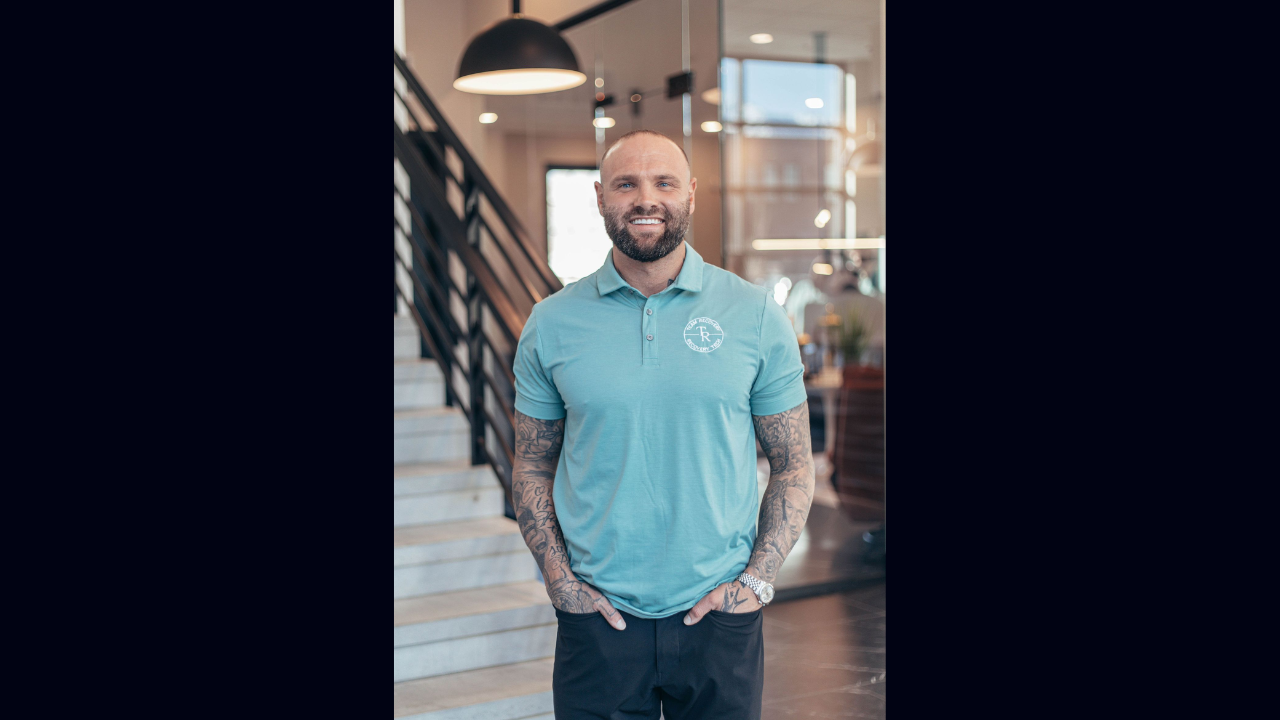The Challenge We’re Facing
Behavioral health is at a crossroads. For years, the industry has largely been shaped by insurance payers, who often see treatment as a short-term, three-to-four-month process. But the reality is very different. Recovery isn’t episodic—it’s not a one-time event or a “car wash.” It’s a lifelong journey.
As someone who has gone through multiple treatment centers and found my own path to recovery, I’ve experienced firsthand the gaps in alumni services and long-term support. And through working closely with our partner facilities at Team Recovery, I’ve seen how these same gaps impact clients and providers across the country.
The Shift Toward Longitudinal Care
The question we should all be asking is: How do we improve long-term outcomes for individuals in recovery?
At Team Recovery, we believe the answer lies in building facilities and programs that focus on longitudinal care—care that extends beyond discharge, with alumni engagement built in from day one. Alumni programs are not something to add “later.” They are a level of care in themselves.
Our consulting team works hand-in-hand with treatment centers to design customized strategies that activate alumni communities and operationalize alumni services. With the right systems in place, facilities can focus on what matters most—people.
Where Technology Meets Human Connection
Technology plays a critical role in this process. By using smart tools to automate alumni follow-up, track outcomes, and facilitate ongoing engagement, we can free up coordinators to focus on the human side of recovery—being there when it matters most.
More importantly, technology helps shorten the window of time between when someone begins to struggle and when the facility knows about it. That allows teams to quickly pick up the phone, check in, and offer support before it’s too late.
Alumni as a Revenue Driver
When facilities adopt this longitudinal care model, the benefits are twofold.
Not only do we see improvements in long-term outcomes for individuals in recovery, but alumni programs also become a key revenue driver for the facility. Month after month, we measure the percentage of admissions that come from readmissions and alumni referrals.
Here’s what the data shows:
- Facilities without strong alumni programs often see 6–17% of admissions from readmissions/referrals.
- Good facilities may reach 22%.
- The healthy industry range is 25–40%.
This means that if your alumni program is fully activated, up to 40% of your admissions can come from alumni referrals and readmissions.
Doing the Right Thing
The takeaway is simple: if we focus on doing the right thing—supporting people long after they leave treatment—we not only save lives but also create stronger, more sustainable treatment programs.
At Team Recovery, that’s our mission. Alumni programs aren’t just an afterthought; they’re the foundation for lifelong recovery and healthier facilities.

Henna Geronimo
Reviewer
Henna is a content strategist with over 5 years of experience. She specializes in creating informed, compassionate content for addiction treatment centers, using her deep understanding of the industry to educate, engage, and support individuals seeking recovery.



.webp)